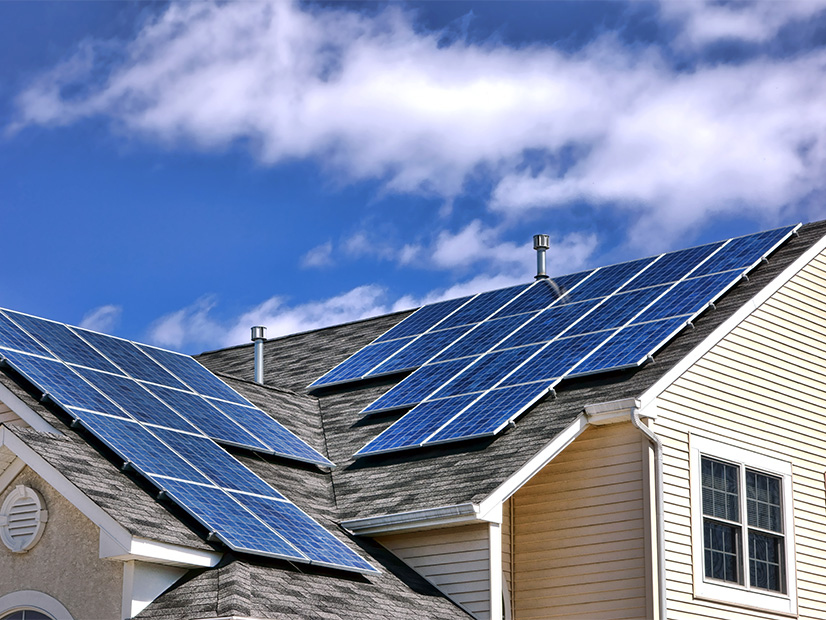NYISO on Feb. 13 defended its proposal to set a 10-kW minimum requirement for distributed energy resources to participate in an aggregation in response to a deficiency letter from FERC, which asked it to justify the figure (ER23-2040).
The ISO argues the rule would prevent staff from being overwhelmed by initial program participation requests. Renewable energy advocates have protested, arguing the rule would discriminate against smaller aggregations. (See Clean Energy Groups Protest NYISO DER Proposal.)
NYISO explained the 10-kW threshold “is based on its two decades of experience administering” the existing special-case resource (SCR) and emergency demand response programs (EDRP), which it views to be the “participation models closet in kind to the DER and aggregation model.”
The ISO said it settled on the 10-kW requirement because it believes that, like the SCR program and EDRP, managing DER aggregations would include “a significant amount of manual work” and want staff to become accustomed to it.
It also reasoned the rule would impact mostly residential facilities employing demand-reduction technologies, such as energy storage resources or smart home products, and the 172,434 rooftop solar installations in New York with capacities under 10 kW.
These smaller resources, NYISO claimed, are minor contributors to the ISO’s markets and might not even opt to participate in the DER aggregation model, favoring other programs meant for small facilities, such as the SCR.
“The question is whether the delayed implementation and costs associated with building the infrastructure to enable sub-10-kW resource participation in the DER and aggregation participation model is justifiable in light of their expected contribution to the Bulk Electric System,” it said.
This is the second time NYISO has responded to a deficiency notice to its DER participation model proposed in June; much of its response reiterated arguments it made the first time, in October. FERC had requested more details about how the ISO settled on the 10-kW figure.
The ISO argued that any further delays, such as FERC rejecting its proposal, would mean it would need to “undertake a significant multiyear process to develop new market rules” addressing the commission’s concerns and potentially “delay the transition of over 400 MW” of demand-side resources capable of participating in the DER aggregation model.
NYISO said it “is ready to implement the model immediately upon commission acceptance of the tariff revisions proposed,” adding that “seven entities” already “submitted aggregator registration materials” and three have completed their registration.
The ISO urged FERC to act on the proposed revisions by April 15, as it is prepared to roll out its DER aggregation participation model April 16.

